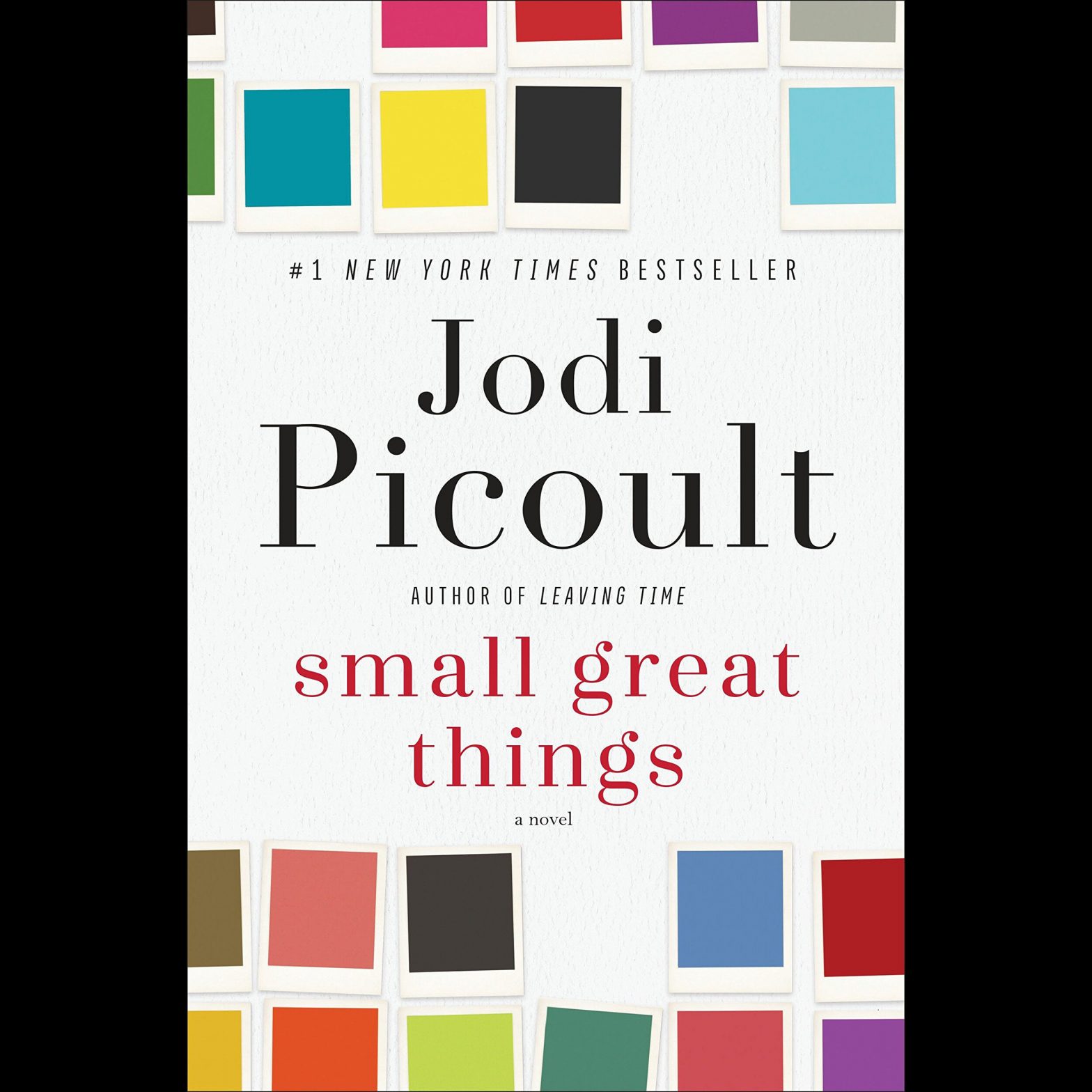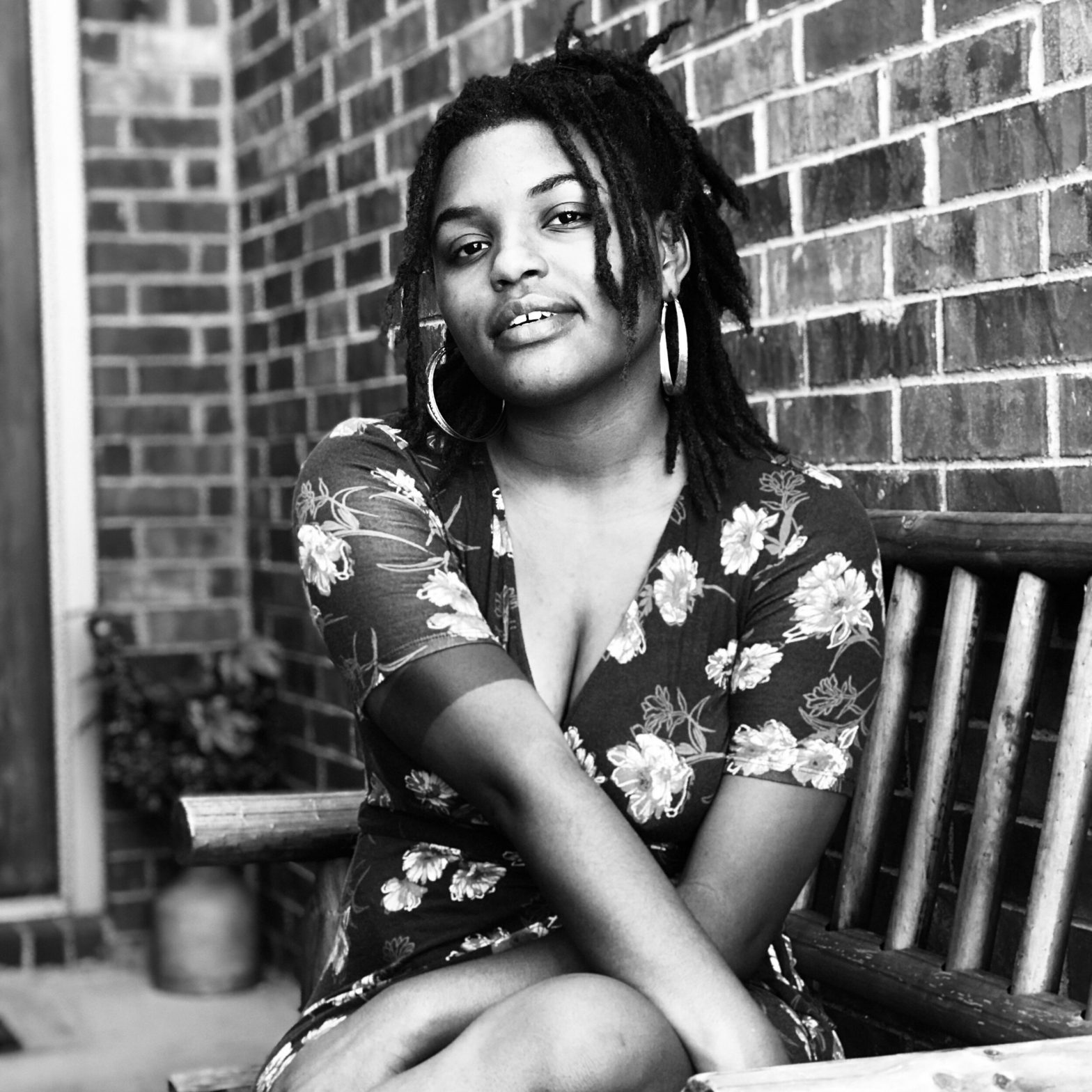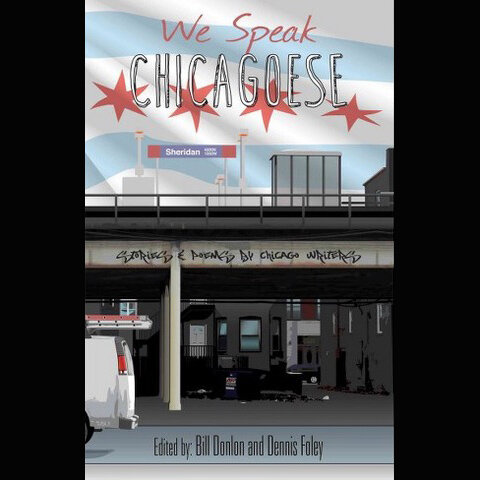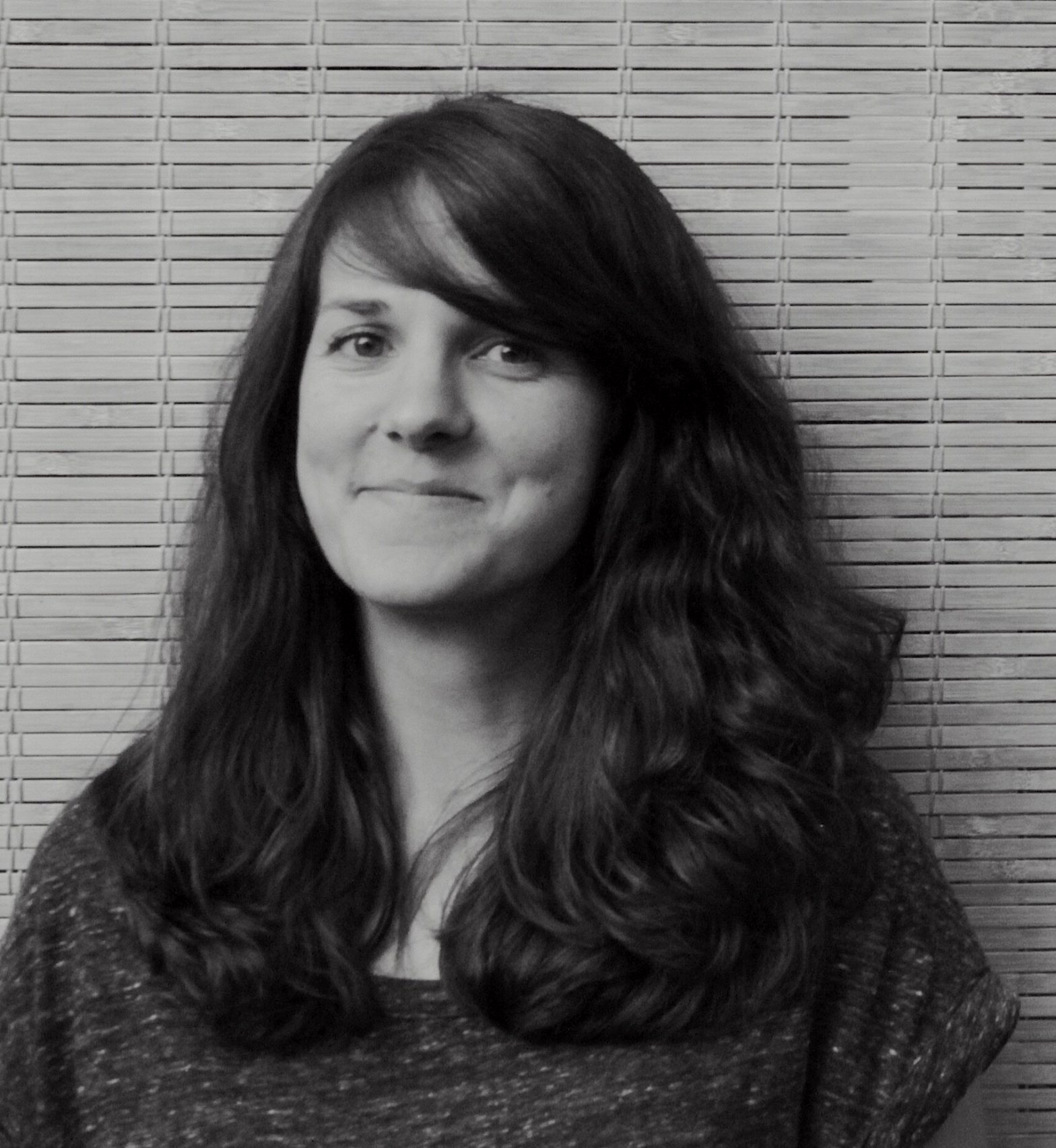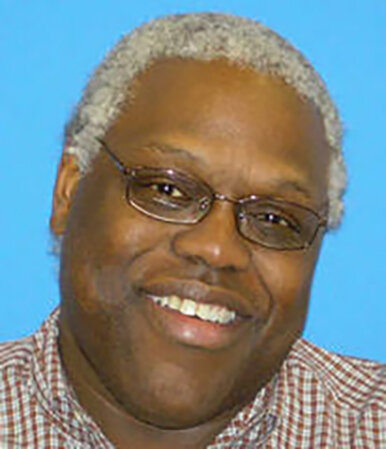Tony Trigilio discusses poetry, talk radio, and the professional pursuit of art.
Interview by Margaret Smith
I first came into contact with Tony Trigilio as one of my professors in the English and Creative Writing Department at Columbia College Chicago. It was in one of his classes that he helped my fellow classmates and I discover “hybrid writing,” a concept that, at the time, was a foreign one to me. We read Jennifer Bartlett, Julie Carr, and Gregory Orr, all of whom shaped this fawn-like concept in my head.
Cut to 2019 and I am interviewing Tony about his own poetry and prose hybrid writing, namely the latest and third installment in his series, Ghosts of the Upper Floor: The Complete Dark Shadows (of My Childhood), Book 3. Tony takes to the task of writing and, frankly, all of his other pursuits with the mind of both a realist and creative. And with that duality he has immersed himself in his passions.
Tony has also recently published: Inside the Walls of My Own House: The Complete Dark Shadows (of My Childhood), Book 2, BlazeVOX [books], 2016 and Dispatches from the Body Politic: Interviews with Jan Beatty, Meg Day, and Douglas Kearney, Essay Press, 2016, which is a collection of interviews from Radio Free Albion. Another leg to Tony’s creative endeavours is Radio Free Albion, a platform on which he interviews fellow poets on their forthcoming work as well as what it means to be a poet.
Interview
How did you first get invested in your creative fields?
I’ve been immersed in writing and music ever since I can remember. But my investment deepened enormously when I realized that artists and audiences are always in a relationship with each other. I realized artists aren’t just making something that readers and listeners can “consume”; instead, we’re actually trying to forge an intimate connection with our audiences. Whether I’m writing a poem, making music, or producing a podcast episode, I want my audience to feel the same thing I feel as an audience member—that the artist has guided me toward a new angle of vision, a new way of seeing the world, that I hadn’t imagined before connecting with that work of art.
How did talk radio and your writing influence each other?
My poems are talky. I imagine each poem as a situation in which the speaker sidles up to the audience and just starts chatting away. Kind of like what Frank O’Hara says in his “Personism” manifesto, where he favors the kind of poem that exists “between two persons instead of two pages.” With my interest in the poem as a talking artifact, it’s probably not surprising that I listened to radio talk shows a lot as a child. (By “talk radio,” I don’t mean the right-wing propaganda we’re surrounded by these days. Instead, I mean community talk shows, arts interview shows, sports talk shows, and advice shows, among others.) Listening to talk radio made me feel like I was eavesdropping on adult conversations—like I was learning secrets about the adult world that no one really wanted me to know. Radio talk shows also made me feel less alone. They taught me a lot about the dynamics of tone and pitch in speech, and about narrative pacing. Most important of all, as someone who eventually would become a writer, radio talk shows dramatized the intimacy of spontaneous dialogue—how the intimacy of social intercourse develops organically, taking its conversational cues from whatever is being said in the present moment. My own poems meander conversationally. They often work within a narrative structure, but narrative is rarely linear: I have to be attentive to tangential leaps, free associations, and how these improvised moments of interjection and redirection help us make knowledge and emotional sense out of our discourse with others.
What pushed you to start Radio Free Albion?
The Radio Free Albion podcast emerged from the frustration I was feeling several years ago that so few venues actually reviewed new books of poetry. Originally, I’d planned to start my own reviews blog to fill this gap. But as I started planning the blog, it became clearer that I could actually give more attention to a greater number of books if I hosted a podcast instead. What I first envisioned as a digital collection of book reviews became a series of real-time radio conversations—spontaneous, collaborative performances—between two poets.
Essay Press published three of the interviews as an e-chapbook in 2016: Dispatches from the Body Politic: Interviews with Jan Beatty, Meg Day, and Douglas Kearney. Columbia faculty member CM Burroughs wrote the Afterword. The podcast is on hiatus now, but I’ve kept the shows archived at radiofreealbion.com. I hope to resurrect it sometime in the near future.
Did you know Ghosts of the Upper Floor: The Complete Dark Shadows (of My Childhood) was going to be a series, or did it reveal itself as you kept writing?
I should probably first give a little background on this book and the larger project. Ghosts of the Upper Floor is a hybrid mix of poetry and prose. It was published this year by BlazeVOX Books, a press that specializes in experimental poetry and fiction. I’m watching all 1,225 episodes of the old daytime gothic soap opera Dark Shadowsfor the project. I compose one sentence in response to each episode and shape each sentence into autobiographical poetry and prose. Ghosts of the Upper Floorcovers 122 episodes.
I began Ghosts of the Upper Floor as the third installment in The Complete Dark Shadows (of My Childhood), but I didn’t know what direction this book was going to take. The shape of the book revealed itself during the writing process. As I drafted and revised the book, I realized that it needed to be in two sections, and that each section should function as a mirror image of the other. The book itself is obsessed with doubling—characters and situations come relentlessly in mirrored twos throughout. The architecture of the book is perhaps the most intricate manifestation of doubling: every prose and verse shape in Section One is repeated (with different content, of course) in Section Two. I had no idea the book would develop this way, with the text shapes in Section One essentially rhyming with those in Section Two. Like a conversation, I started talking, and then I let the discourse tell me where to go.
What was the process like bridging this series across three installations?
The process is as exciting as it is anxious. Because the soap opera itself triggers the project’s autobiographical material, I never quite know what I’m going to write about from one sentence to the next. Everything begins with this kind of spontaneity, though I revise meticulously. I like to create new formal, challenges for myself, too, so that I don’t become complacent as I write what will become the full 1,225 sentences for the project. Books 1 and 2 were composed in verse couplets, a series of two-line stanzas, but Book 3, Ghosts of the Upper Floor, mixes varied prose and verse shapes, and, at times, forces these shapes into collisions with each other. I’m currently working on Book 4, and it’s also a hybrid mix of poetry and prose.
What endeavors do you find allow your artistic growth?
I can’t say enough about how important it is for me to pay attention to the work of others: reading great writing inspires me to write, and listening to amazing music inspires me to make music. Long walks help, too, along with daily meditation. Like reading and listening to music, walking and meditating slow me down and teach me to pay attention, to hone my vision.
What do you think young creatives need to be mindful of when trying to find their niches, and potentially turning those into profitable areas?
Most of all, I think we need to consider the word “profit” as having multiple definitions. On one hand, profit is about making money, and if we have a project that is particularly valuable in the marketplace, then we should go for it, and generate as much revenue as we can. But “profit” can also refer to one’s connection with an audience. When someone tells you how important your writing has been to them, this is the kind of profit that cannot be measured by spreadsheets and bank balances. It’s a kind of love—maybe the most valuable profit of all.
We need to care about marketplace profit—the purity of one’s art form cancoexist nicely with commerce, I think—but I also think we should not get so invested in the marketplace that our art becomes commodified. If our work is a commodity, it risks becoming just another object to be consumed and digested without the potential to show us new and more thoughtful ways of seeing. We are saturated in marketing language, and this creates a culture that simply wants to identify our needs and then satisfy them. That’s a process of pacification—and that’s what commodities are for, as pacifiers. But my favorite art is that which is profitable enough to be part of the marketplace, but that also surprises me and rattles me. Commodities just satisfy artificial needs. Art, though, teaches me to see.
Do you think there are pitfalls to investing yourself professionally in the art that you love?
Whatever the pitfalls might be—the sting of rejection foremost among them—I think it’s vital that we invest ourselves professionally in what we love. The more we bring heartfelt passion to our professionalized lives, the more we humanize everything that is professional.
If you weren’t wearing all of these different hats, what would you be doing?
Great question! I’d probably be sitting in a dark room wearing just one old, worn-out hat. I’d really like that hat, but I also know that I’d be feeling my way along the wall looking for the light switch. My plan would be: turn on the light, find the door, and then get out into the world and look for more hats to wear!
Ghosts of the Upper Floor The Complete Dark Shadows (of My Childhood), Book 3, BlazeVOX [books]
ISBN #: 978-1609643379
144 pages
Author photo by Kevin Nance

